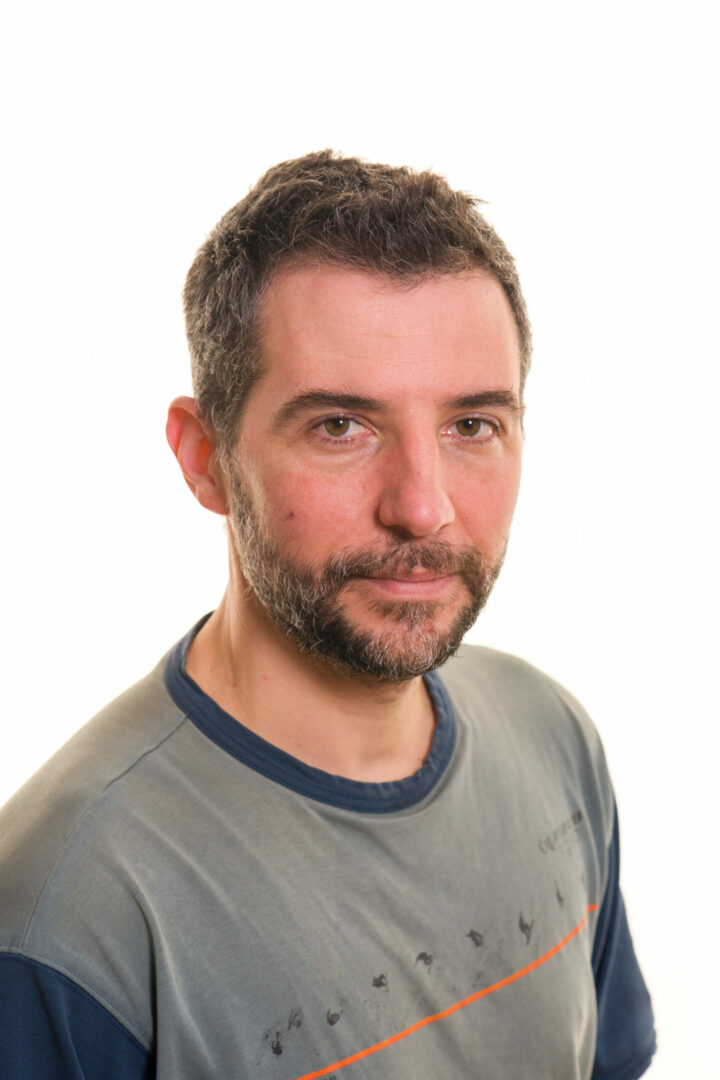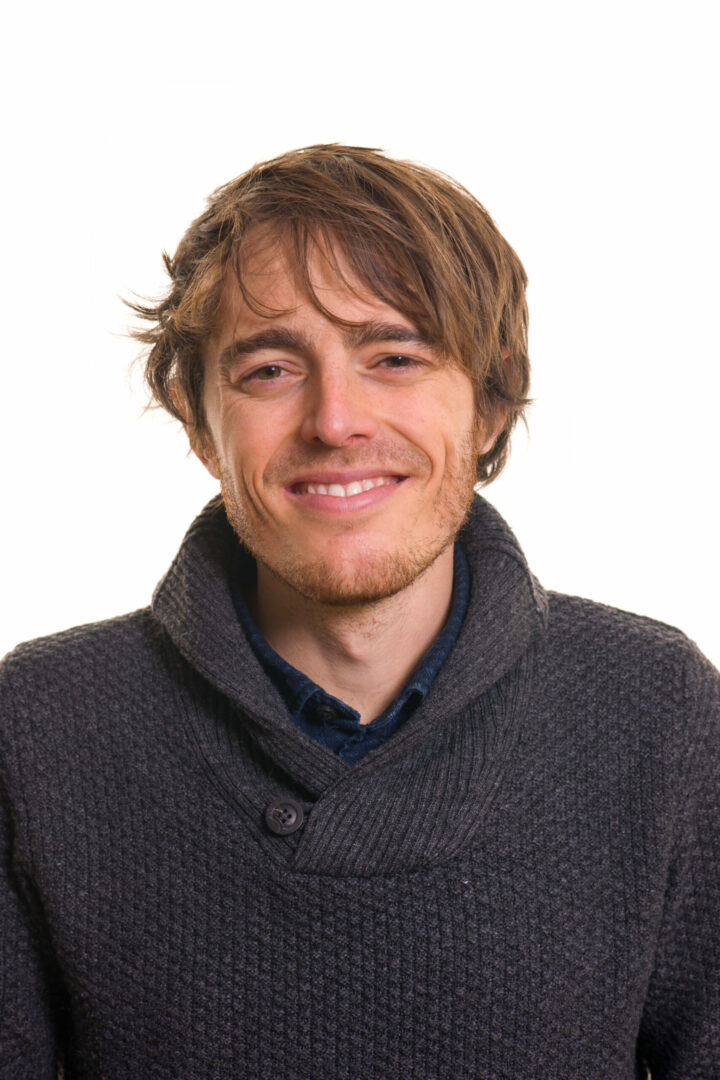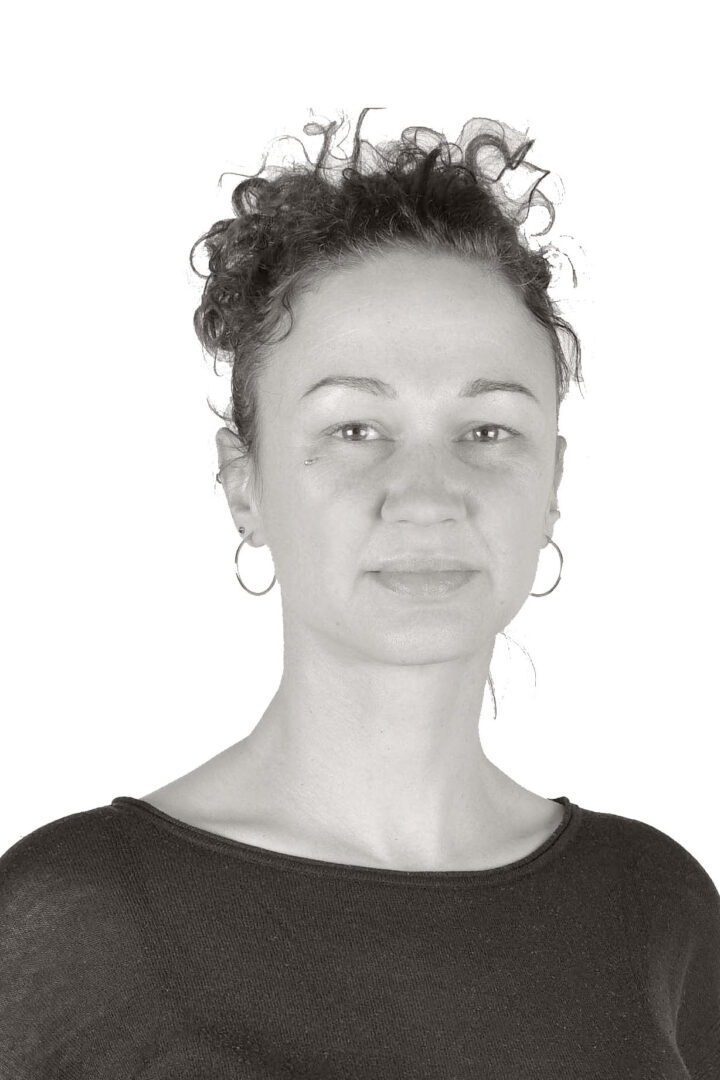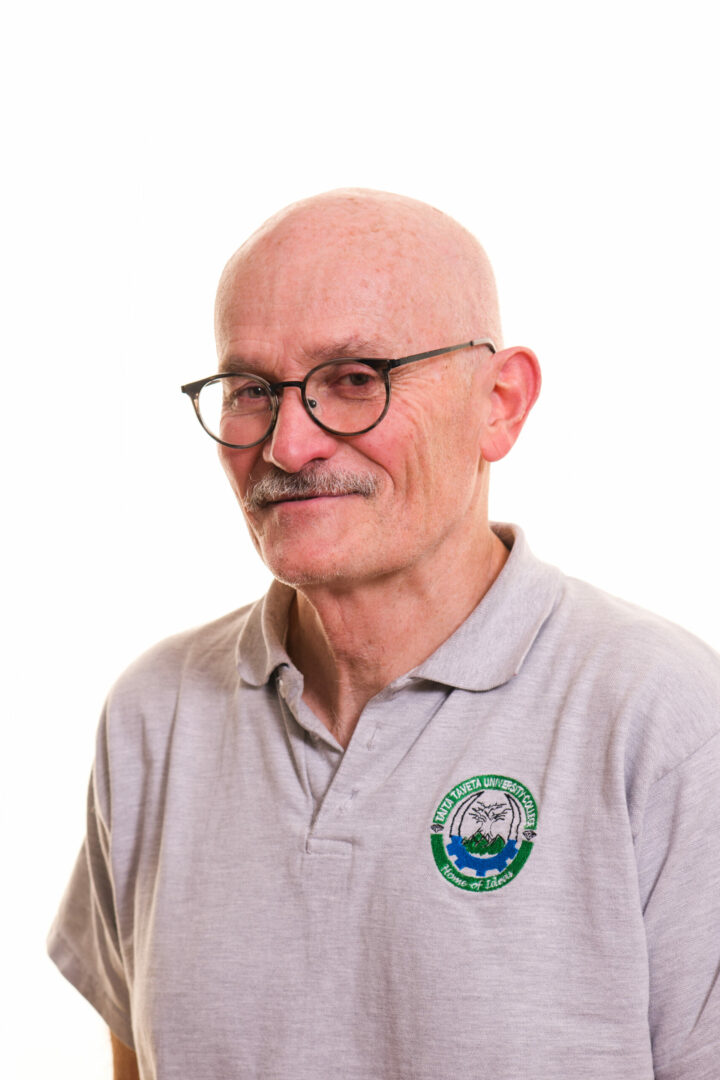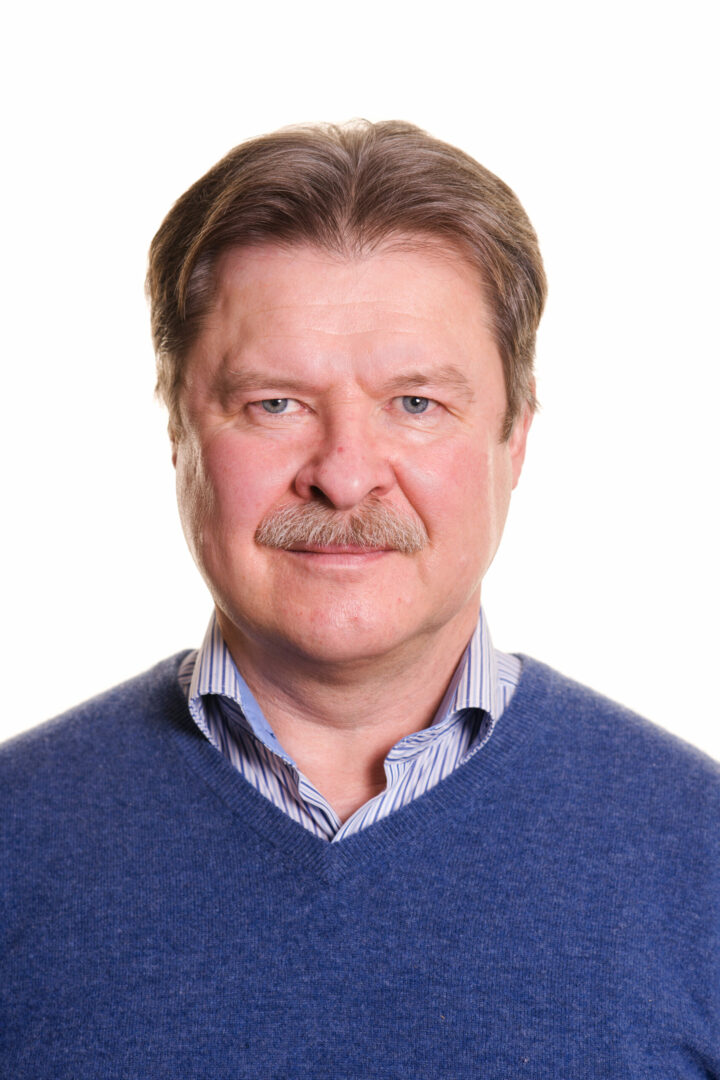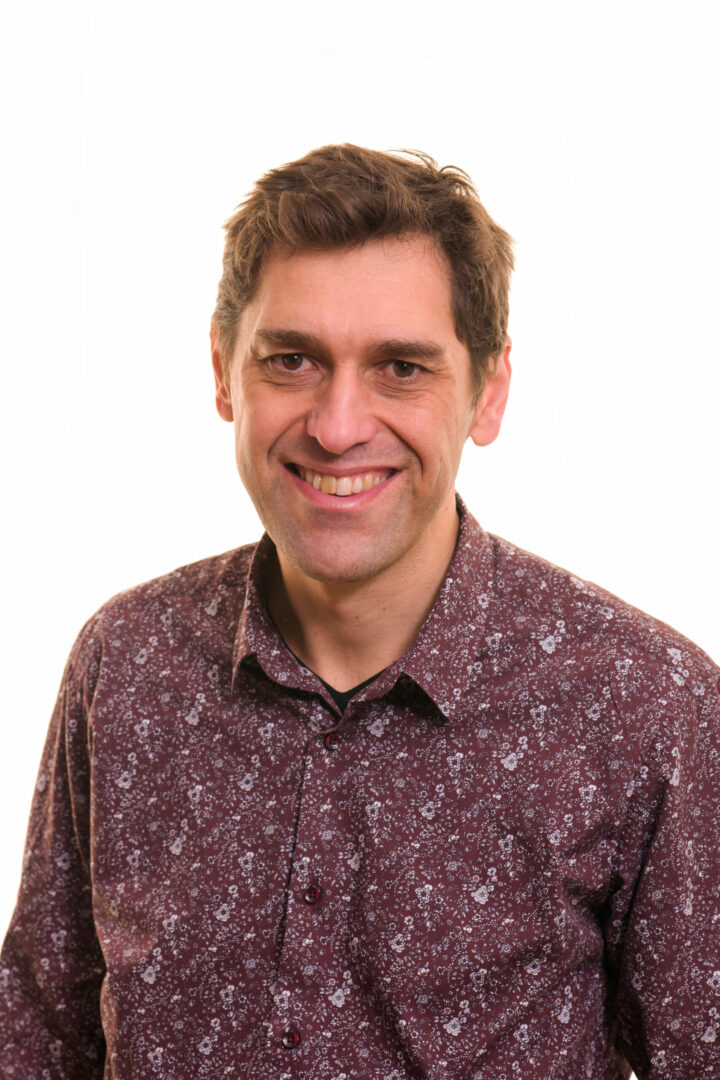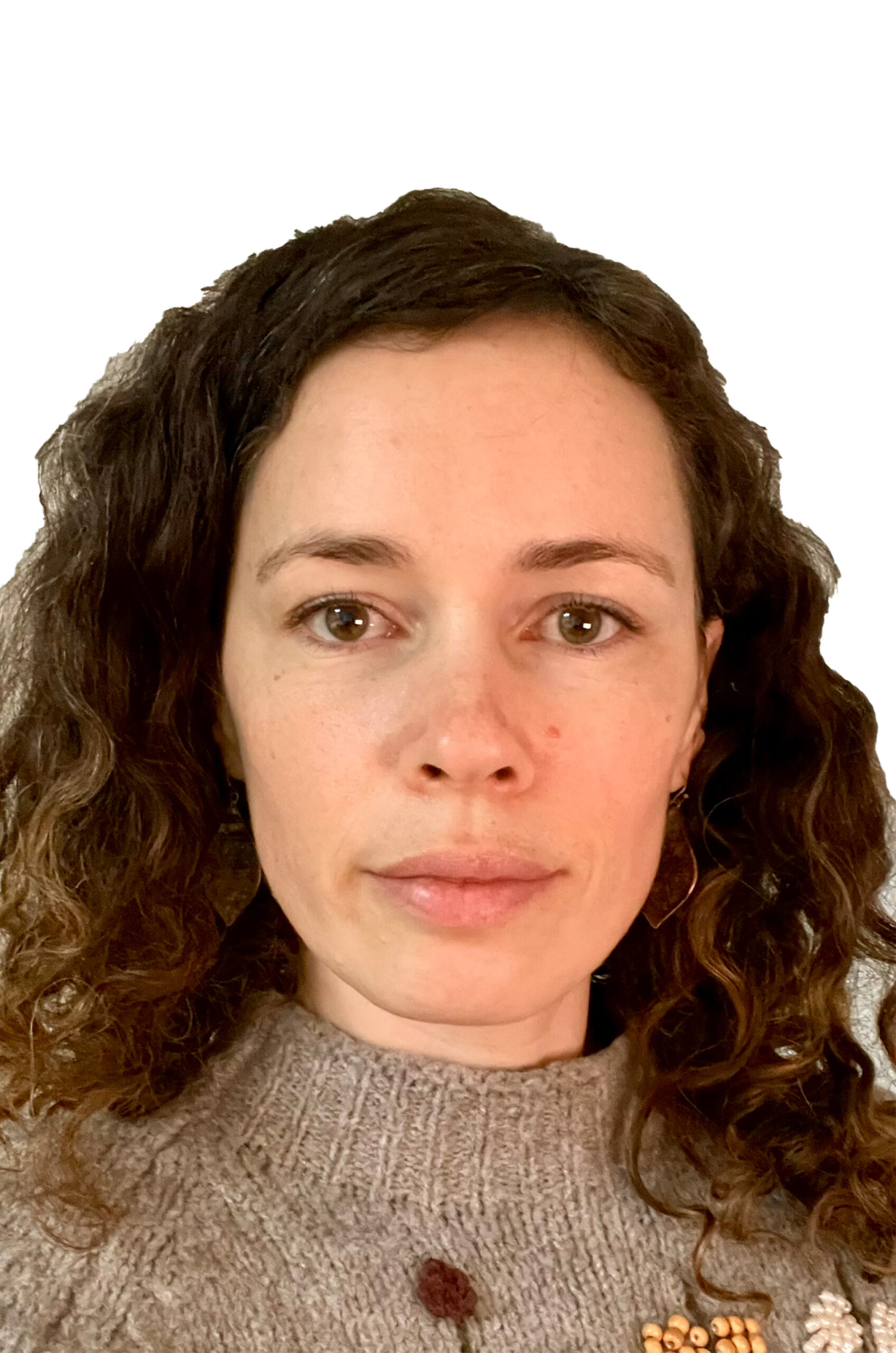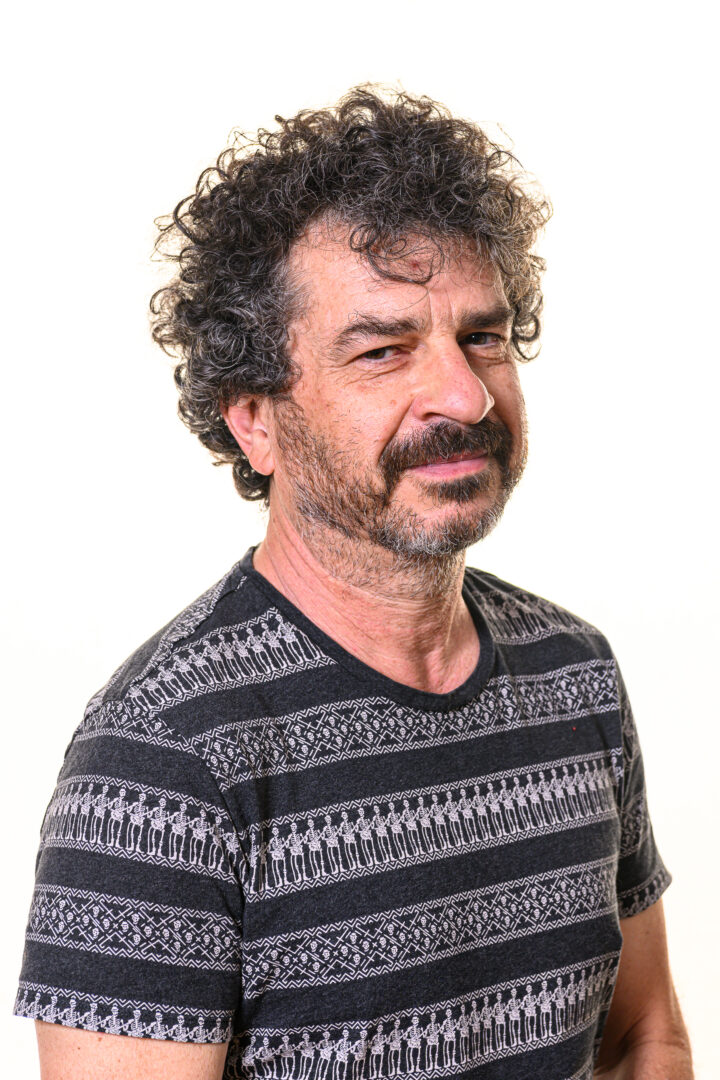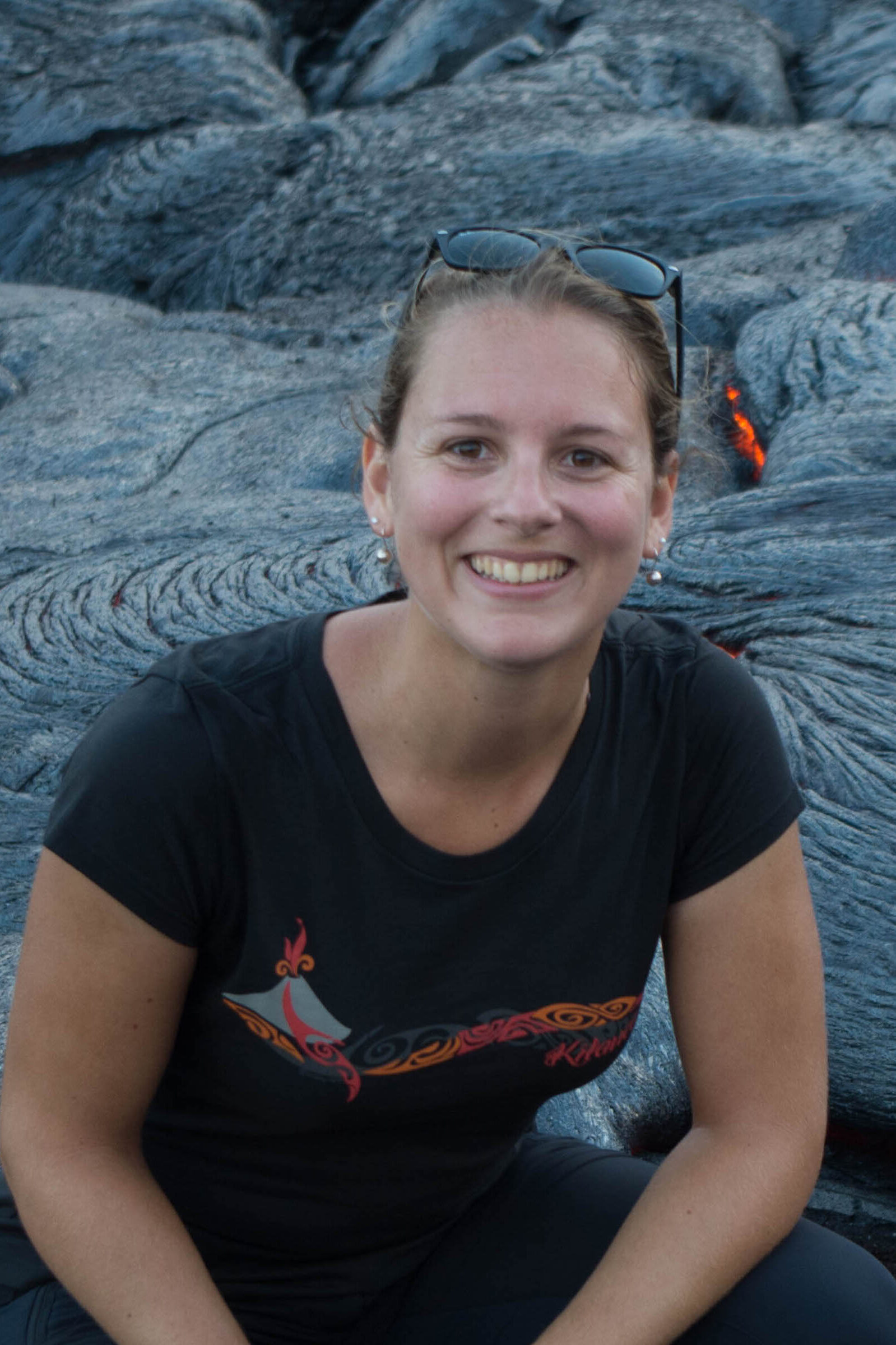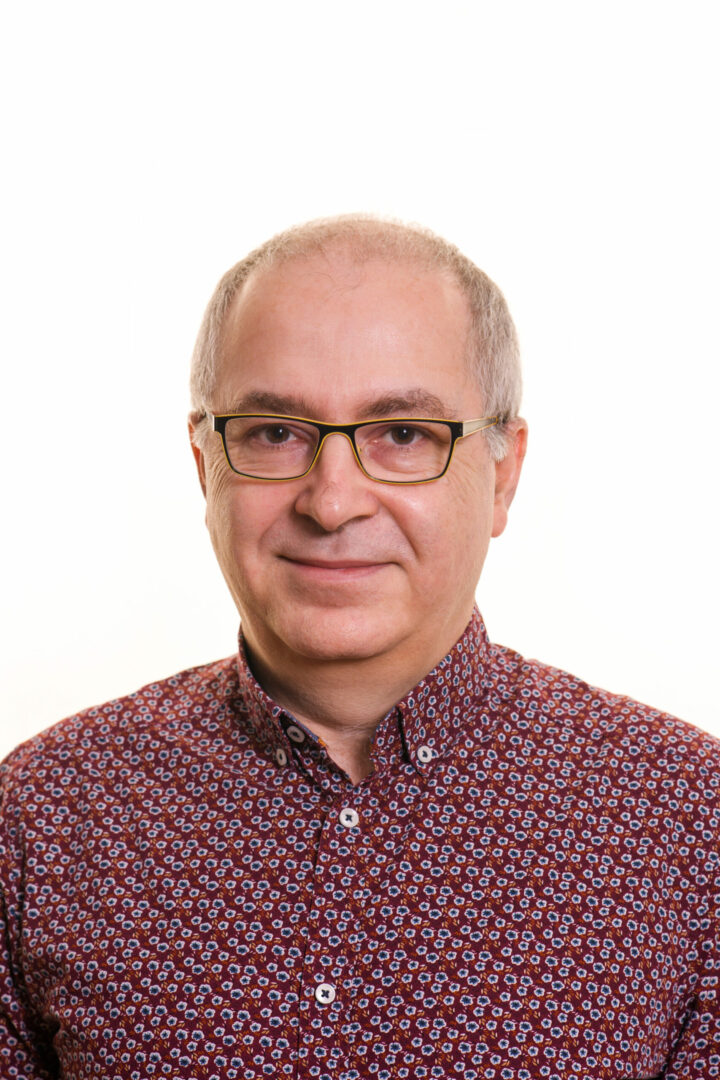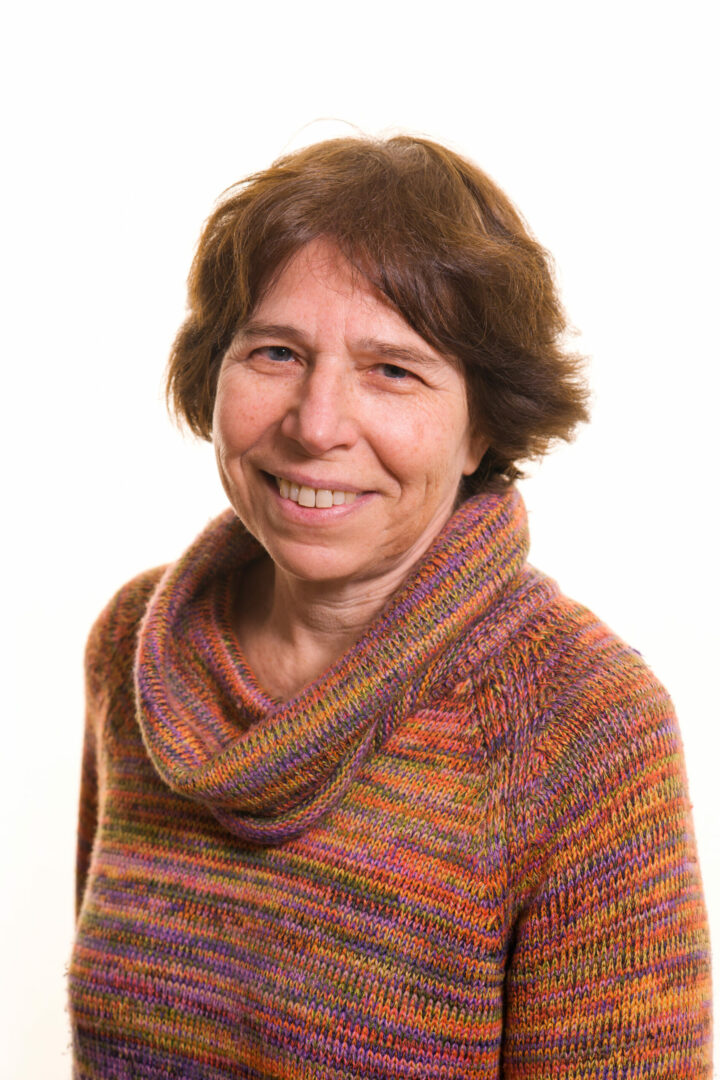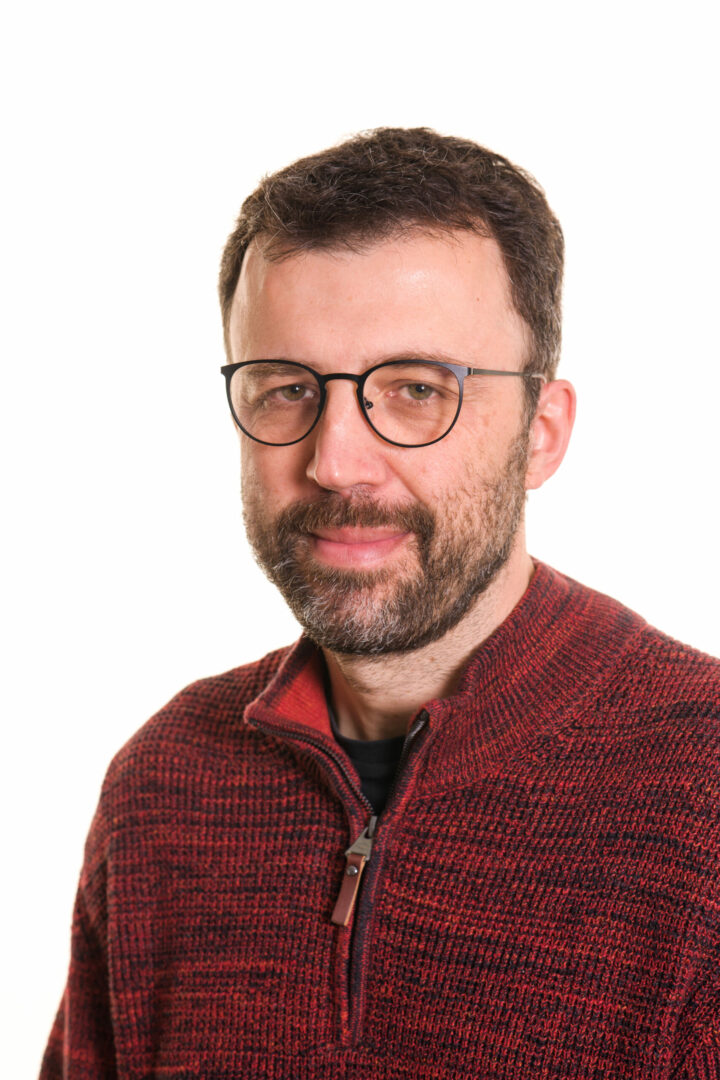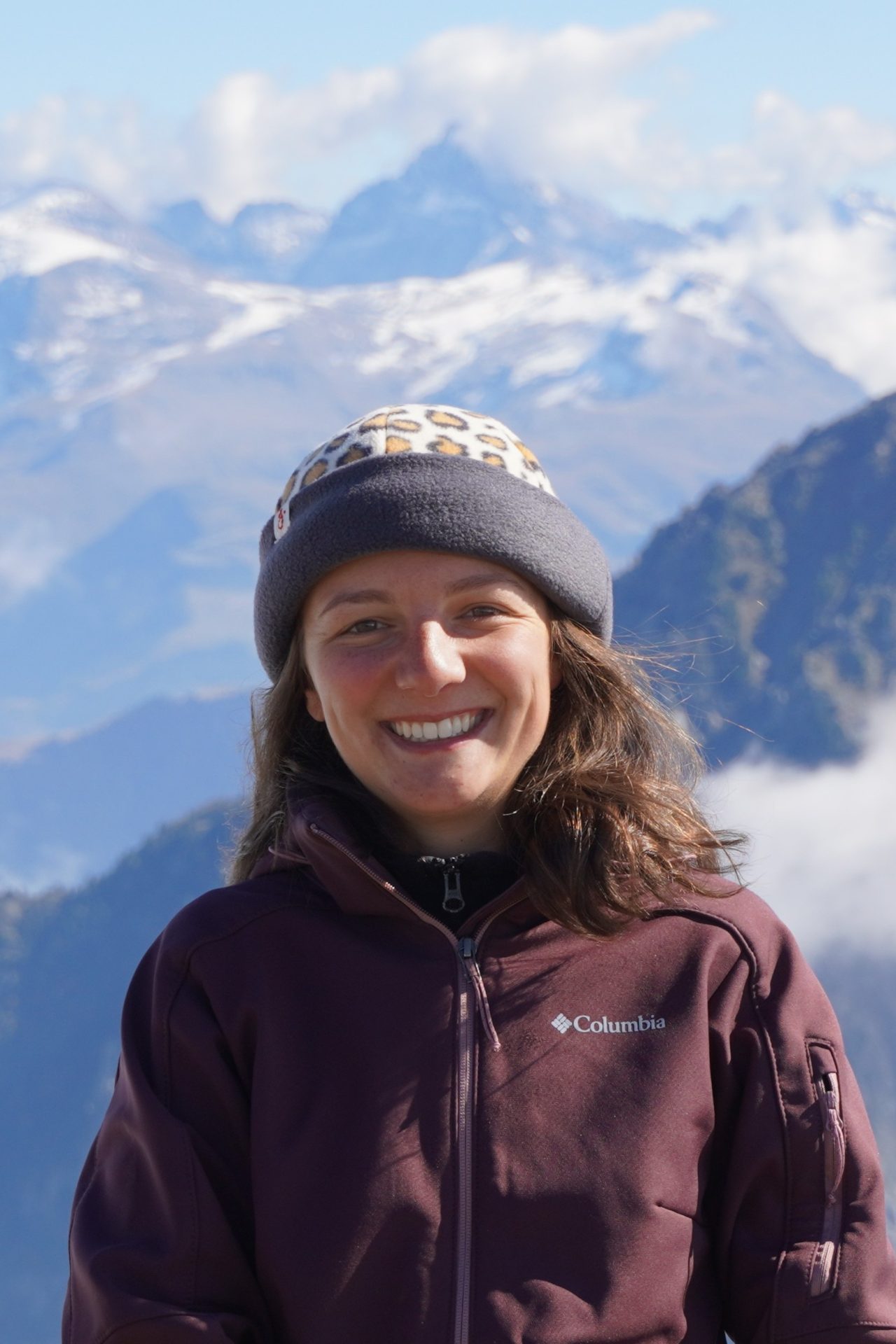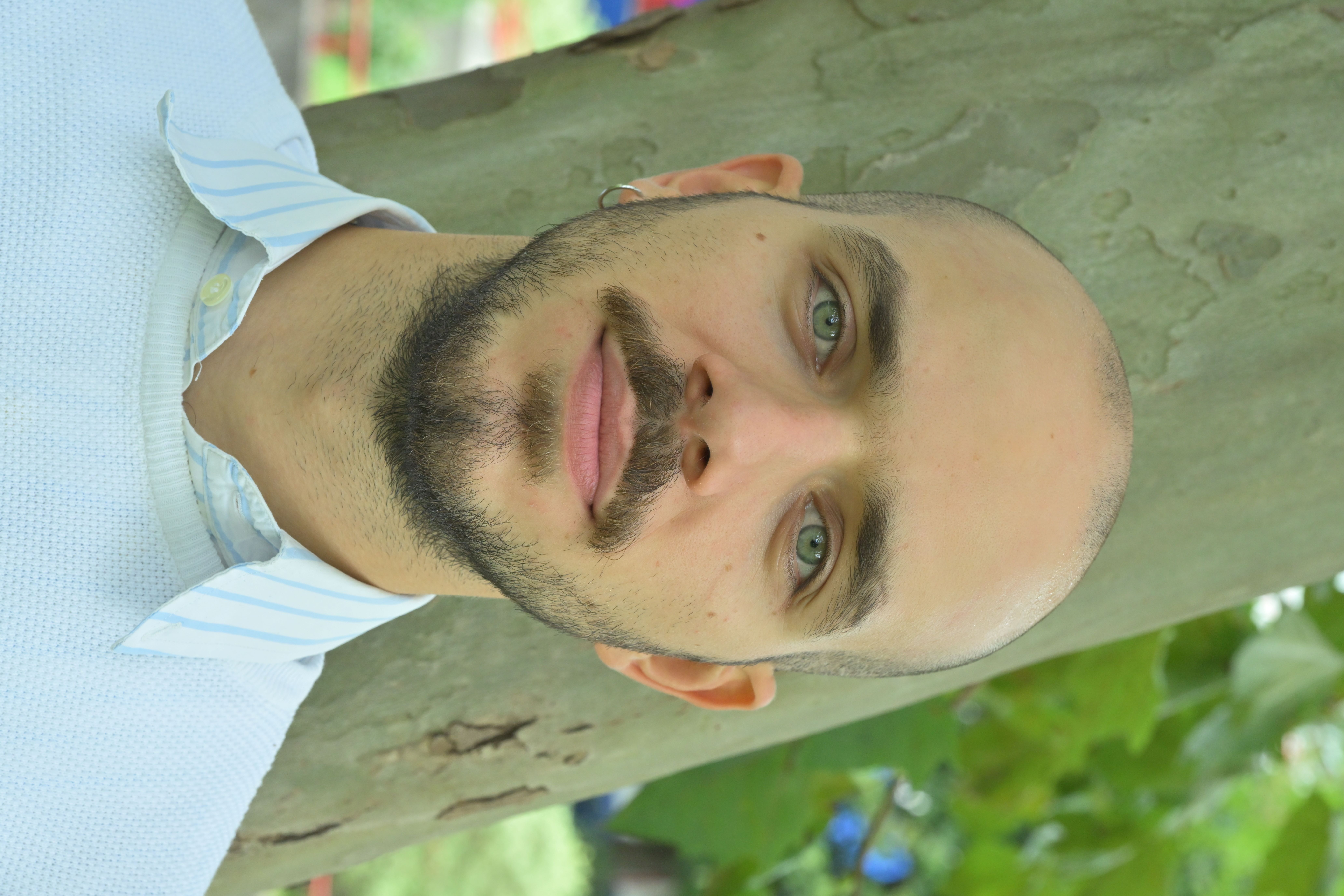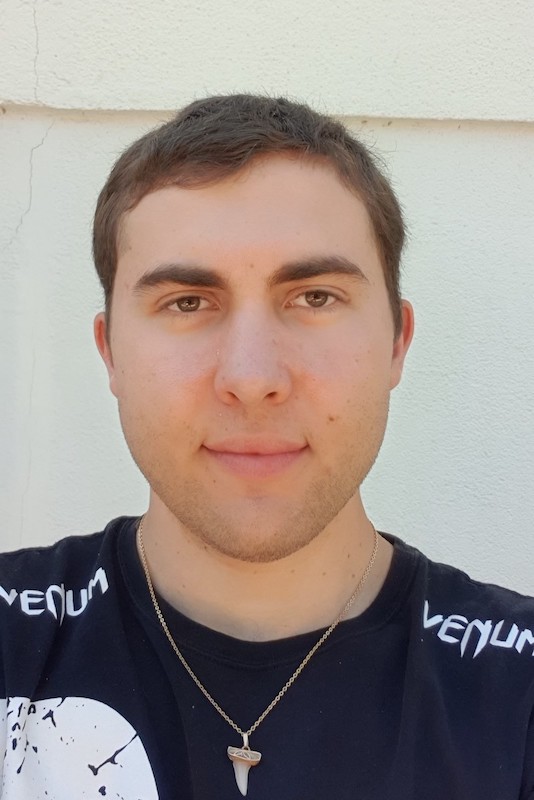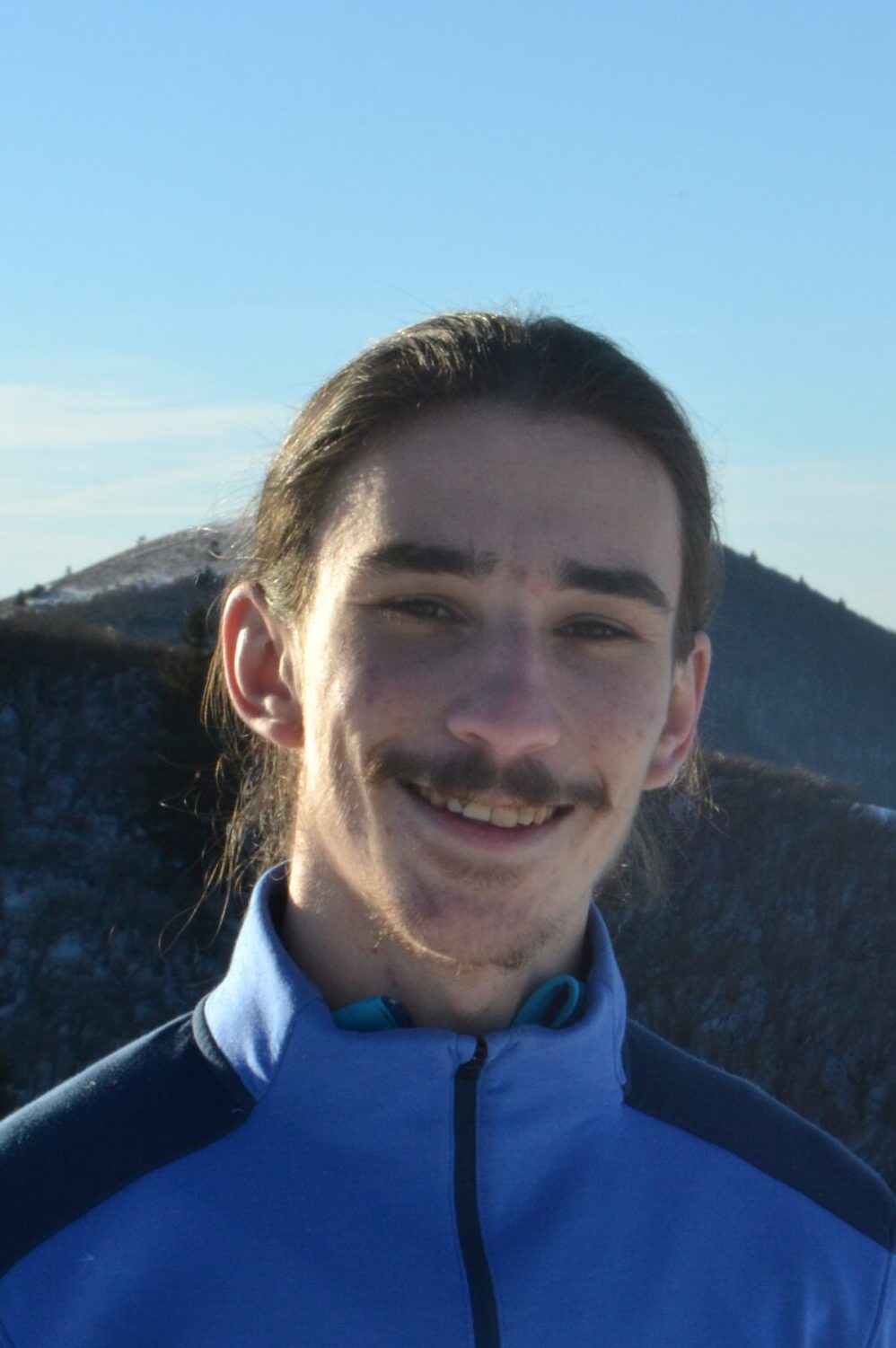Description
The evolution of and interactions between the different layers of our planet are largely controlled by the genesis and migration of magmas and deep fluids. Our comprehension of the mechanisms and kinetics controlling these exchanges is thus fundamental for understanding Earth’s geodynamics.
Our research within the theme “Magmas and Deep Fluids” aims to better understand and quantify the processes occurring during these exchanges at different temporal and spatial scales, from the mineral scale to that of magma chambers, and ultimately to the global scale of large mantle and crustal reservoirs. In particular, we focus on characterising the textures and kinetics of crystallisation, the transfer of liquids in the continental crust, the processes of magma migration, the accretion and recycling of the lithosphere and the creation and evolution of mantle heterogeneities.
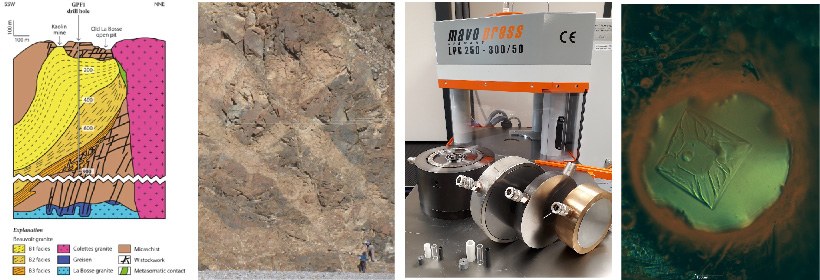
We use multidisciplinary approaches combining experimental petrology, field observations, elemental and isotopic geochemistry, and modelling at different scales. These studies are based on the development of novel tools within the CRPG analytical facilities (electron microscope, secondary ion mass spectrometry, rare-gas mass spectrometry, thermal ionisation mass spectrometry, new-generation multicollector inductively coupled plasma mass spectrometry) and the experimental petrology laboratory.
LIFE IN THE THEME
CURRENT THESES
Juliette Pin – 2021-2025
Direction : Gilles Chazot; IUEM, Brest ; co-direction : Lydéric France
Yafet Birhane – 2021-2025
Direction : Raphaël Pik, co-direction : Nicolas Belahsen (ISTEP)
Thomas Pereira – 2022-2025
Direction : Lydéric France, co-direction : Fidel Costa (IPGP)
Nicolas Esteves – 2022-2025
Direction : Pierre Bouilhol, Lyderic France
BeauLiϒ: Understanding protracted differentiation and its role in Li & rare metals concentration: Petrogenetic evolution & assembly duration of the Beauvoir granite.
Cloé Falc’hun – 2023-2026
Direction: Lydéric France; co-direction: Pierre Bouilhol (+ Muriel Laubier, LMV)
Wael Nazha – 2024-2027
Direction : Raphaël Pik, David Bekaert
Matthieu Sanchez – 2024-2027
Direction: Véronique Le Roux, Laurette Piani
DEFENDED THESES
17 Juillet 2023 – Caroline Dantas Dardoso – (Financement I.Site Lorraine Université d’Excellence ; Projet IMPACT DeepSurf)
Migration des liquides de fusion et formation des dunites dans le manteau de l’ophiolite d’Oman. Direction : Rapahel Pik
26 Mai 2023 – Olivier Podda (financement CEA-ORANO)
Solubilité et spéciation de l’uranium dans les liquides aluminosilicatés – Direction : Etienne Deloule (co-direction : Julien Mercadier, Laboratoire GéoRessources)
24 Mars 2022 – Sarah Lang (Bourse de collaboration internationale de l’Université de Rome)
Kinetic aspects of major and trace element partitioning between olivine and melt during solidification of terrestrial basaltic material. Direction : Silvio Mollo (Université La Sapienza, Rome) et Lydéric France
31 Octobre 2021 – Valentin Casola (Bourse ANR GECO-REE)
Manteau source et genèse des magmas parents des carbonatites : les principales ressources de terres rares sur Terre. Direction : Lydéric France
23 février 2021 – Delphine Klaessens (Bourse ministérielle)
Migration des liquides de fusion et formation des dunites dans le manteau de l’ophiolite d’Oman. Direction : Laurie Reisberg & David Jousselin
3 février 2021 – Yujin Jegal
Développement des mesures isotopiques in situ Rb-Sr par LA-ICP-MS et microsonde ionique pour la datation à petite échelle des processus géologiques. Direction : Etienne Deloule (co-direction, Julien Mercadier, Laboratoire Géoressources)
21 Février 2020 – Marine Boulanger – Financement Université de Lorraine
Développement devenir des liquides au sein de la croûte océanique des dorsales à expansion lente : nouveaux apports de l’étude d’Atlantis Bank (dorsale Sud-Ouest Indienne). Direction : Raphael Pik , co-direction : Lydéric France, CRPG et Jürgen Koepke
MAJOR PROJECTS
Financement programme CEFIPRA (collaboration France – Inde), 2019-2022.
Pétrologie, isotopie de l’Os et géochimie des Eléments du Groupe de Platine des komatiites archéens du craton de Singhbhum (l’Inde de l’est): implications pour la différenciation de la Terre et la recherche de minéralisation du type sulfures de Ni-Cu-(EGP), porté par Laurie Reisberg
Projet R21, 2021-2022.
Comportement du Lithium dans la fusion partielle, porté par Jean Marc Montel
ANR PlanetGem, 2021-2025, porté par Béatrice Luais, collaboration Laurent Tissandier.
Comment les planètes de notre système solaire se sont formées et différenciées ? Dans l’environnement turbulent du Système Solaire jeune se sont succédés des évènements d’accrétion, de collision et de bombardement entre corps astéroïdaux qui ont conduits à la formation d’océan magmatique, et la ségrégation d’un noyau métallique et d’un manteau silicaté sous des conditions réduites. Les éléments sidérophiles (affinité pour le Fer) et volatils sont fortement fractionnés entre ces réservoirs sous les conditions extrêmes de formation et d’évolution planétaires, avec un appauvrissement dans les réservoirs silicatés comparés à la composition des corps parents indifférenciés. Le fractionnement des isotopes stables des éléments sidérophiles, identifié dans les météorites de Mars, Vesta, la Lune, et la Terre silicatée, et par des expérimentations métal-silicate, montre des résultats contradictoires. Plusieurs points doivent être examinés afin de comprendre cet appauvrissement : (1) la recherche de nouveaux traceurs pour quantifier les conditions rédox, et de pression, température de formation et différenciation des planétésimaux, (2) la chronologie relative des processus de ségrégation métal-silicate et d’évaporation au stade d’océan magmatique, (3) les processus de perte d‘éléments volatils, par évaporation de l’océan magmatique, conséquence d’impacts.
PlanetGEM est un projet multi et interdisciplinaire visant à utiliser le germanium et ses isotopes, élément modérément sidérophile ET volatil, un nouveau traceur dans des approches originales expérimentales et théoriques des conditions (P, T, fO2) lors processus de ségrégation métal-silicate et d’évaporation. Ce projet est basé sur (1) une approche isotopique expérimentale de pointe pour déterminer le sens et la gamme de fractionnement isotopique entre métal et silicate sous des gammes de P, T, fO2 cohérentes avec l’équilibre noyau-manteau. Il sera aussi examiné le fractionnement isotopique induit par les processus d’évaporation lors de stades d’océan magmatique ou d’accrétion. (2) Ces expérimentations seront couplées à des calculs ab initio novateurs basés sur une résolution numérique des équations de la mécanique quantique pour quantifier le fractionnement isotopique escompté à l’équilibre, en fonction de P et fO2. (3) Ces résultats sur le sens et la gamme du fractionnement isotopique du Ge permettront d’interpréter les signatures isotopiques en Ge qui seront acquises sur des échantillons naturels (météorites différenciées, manteau et croûte terrestre). En complément, afin de déconvoluer les processus de fractionnement métal-silicate et d’évaporation, les isotopes du germanium seront combinés à Zn et Si, éléments de comportement complémentaire (Zn volatile, mais non sidérophile) et Si (non volatile, et sidérophile pour des fO2 très réduites).
Ce défi scientifique, sur 4 ans, est porté par les quatre équipes du consortium PlanetGEM : CRPG-Nancy, IRAP, GET et CIRIMAT-Toulouse, LMV-Clermont-Ferrand, avec des expertises complémentaires en géochimie isotopique, pétrologie/cosmochimie expérimentale, et en calculs théoriques du fractionnement isotopique.
-Projet BeauLiY sur la genèse, mise en place et évolution des granites à métaux rares [financement LabEx R21 + Imerys] P.I. Pierre Bouilhol; 2021-2025
-Projet IUF MACAK sur la cinétique des processus magmatiques [Institut Universitaire de France]. P.I. Lydéric France; 2022-2027
-Projet GECO-REE sur la genèse et évolution des carbonatites, les principaux gisements de REE. L’exemple de l’Oldoinyo Lengai (Tanzanie). [ANR + LabEx R21 + INSU + Région] P.I. Lydéric France; 2013-2025
-Projet MUSH-OCEAN sur les processus régissant la formation et l’évolution des réservoirs magmatiques océaniques. [ANR] P.I. Lydéric France; 2023-2027
–Projet MagmAfar sur les processus tectoniques et magmatiques régissant le fonctionnements des segments de rift en Afar. [ANR] P.I. Raphaël Pik; 2020-2024
PUBLIC OUTREACH
Creation of a mineralogical museum at the École Nationale Supérieure de Géologie (Jean Marc Montel).
Science en Lumière (Science in Light; conference, film and debate with students of the Chopin high school at Nancy) (David Jousselin).
Fête de la Science (Science Festival) during the International Year of Glass (Laurent Tissandier, in collaboration with the Institute Jean Lamour and the Centre Européen de Recherches et de Formation aux Arts Verriers.
Coffee Talks (Cafés Magmas)
Future talks:
Past talks:
| Date et heure | Description |
|---|---|
|
9 December 2025 11:00 |
George Segee-Wright (CRPG) What Cl isotope ratios in ocean island basalts can tell us about volatile element cycling in the mantle |
| Date et heure | Description |
|---|---|
|
28 February 2025 13:15 |
Jessy Dominique (LMV) How dry is the Kaapvaal craton? |
| Date et heure | Description |
|---|---|
|
9 April 2024 11:00 |
Thomas Ferrand (Institut Langevin, ESPCI Paris) La pétrologie : outil indispensable pour interpréter les données géophysiques |
| Date et heure | Description |
|---|---|
|
1 March 2024 13:15 |
Séminaire MFP – Thomas Pereira |
| Date et heure | Description |
|---|---|
|
15 December 2023 13:15 |
Sumith Abeykoon, post-doctorant, CRPG 15 décembre 2023, 13h15 Bibliothèque 1er étage CRPG | Sumith Abeykoon Séminaire ” Magmas et Fluides Profonds” “Experimental constrains on the evolution of the magmas from Oldoinyo Lengai; the only active carbonatitic volcano”
|
| Date et heure | Description |
|---|---|
|
20 October 2023 13:15 |
Lea Ostorero, Post-doc, Université de Milan 20 octobre 2023, 13h15 amphithéâtre du CRPG | Lea Osterero Crystals records: from magma dynamics before eruptions to climactic impacts |
| Date et heure | Description |
|---|---|
|
4 May 2023 13:00 |
Pedro Doll (Canterbury University, New Zealand) Dating lava flows at Ruapehu, New Zealand’s biggest volcano |
| Date et heure | Description |
|---|---|
|
21 April 2023 13:15 |
Manfredo Capriolo (post-doc à l'Université d'Oslo) The anatomy of Large Igneous Provinces: Insights from X-ray microtomography and oxygen isotopes |
| Date et heure | Description |
|---|---|
|
10 March 2023 13:15 |
Caroline Lotout (CRPG) No time to rest: garnet and zircon petrochronology in high-pressure granulite highlight a tectonometamorphic continuum between the Ottawan and Rigolet phases of the Grenville orogeny |
| Date et heure | Description |
|---|---|
|
10 February 2023 13:15 |
Patrick Carr (GeoRessources) 10 février 2023, 13h15 amphithéâtre du CRPG | Patrick Carr (GeoRessources) Geochronology of tin and tungsten mineralisation in the Variscan Orogeny |
MEMBERS
Researchers
POST-DOCTORATE FELLOWS
PHD STUDENTS
RECENT PUBLICATIONS BY THEME RESEARCHERS
Cadmium isotope fractionation in a S-type granite related large magmatic–hydrothermal system
Zhu, C.; Yang, G.; Wen, H.; Zhang, Y.; Zhou, Z.; Li, Z.; Du, S.; Zhang, L.; Chen, X.; Luais; B. Gondwana Research, 2024,131, 363-373
Crystallization and rheological study of a Nd-oxyapatite-bearing melt
Jiusti, J.; Regnier, E.; Malivert, V.; Neyret, M.; Ghazzai, L.; Brackx, E.; Sauvage, E.; Faure, F.; Marchal, P. Journal of Non-Crystalline Solids, 2024, 628, 122847
High-P metamorphism in the Mesoproterozoic: Petrochronological insights from the Grenville Province
Lotout, C.; Indares, A.; Vervoort, J.; Deloule, E. Precambrian Research, 2023, 399, 107208
Geochemical evidence for a lithospheric origin of the Comoros Archipelago (Indian Ocean) as revealed by ultramafic mantle xenoliths from La Grille volcano
Ventura Bordenca, C.; Faccini, B.; Caracausi, A.; Coltorti, M.; Di Muro, A.; Ntaflos, T.; Pik, R.; Rizzo, A.L.; Liuzzo, M.; Aiuppa, A. Lithos,2023, 462-463, 107406
Earth’s volatile cycles within the crust-mantle system: A volume in memory of Dave Hilton
Barry, P.H.; Halldorsson, S.A.; Füri, E.; Kulongoski, J.; Bebout, G.; Porcelli, D. Chemical Geology, 2023, 634, 121597
Genesis of carbonatite at Oldoinyo Lengai (Tanzania) from olivine nephelinite: Protracted melt evolution and reactive porous flow in deep crustal mushes
Mourey, A.J.; France, L.; Ildefonse, B.; Gurenko, A.; Laporte, D. Journal of Petrology, 2023, 64, 12, egad084
Remote volcano monitoring using crowd-sourced imagery and Structure-from-Motion photogrammetry: A case study of Oldoinyo Lengai’s active pit crater since the 2007–08 paroxysm
Tournigand, P.Y.; Smets, B.; Laxton, K.; Dille, A.; France, L.; Chazot, G.; Ho, C.; Wauthier, C.; Nicholson, E.J.; Kasanzu, C.H.; Msechu, M.; Kervyn, M. Journal of Volcanology and Geothermal Research, 2023, 443, 107918
Constraining the volatile evolution of mafic melts at Mt. Somma–Vesuvius, Italy, based on the composition of reheated melt inclusions and their olivine hosts
Esposito, R.; Redi, D.; Danyushevsky, L.V.; Gurenko, A.; De Vivo, B.; Manning, C.E.; Bodnar, R.J.; Steele-MacInnis, M.; Frezzotti, M.L. European Journal of Mineralogy, 2023, 35, 921-948
Reappraising crystallization kinetic swith overgrowth chronometry: an in situ study of olivine growth velocities
Welsch, B.; Faure, F.; First, E.C. Journal of Petrology, 2023, 64, 1-29
A felsic meta‑igneous source for Li‑F‑rich peraluminous granites: insights from the Variscan Velay dome (French Massif Central) and implications for rare‑metal magmatism
Ballouard, C.; Couzinié, S.; Bouilhol, P.; Harlaux, M.; Mercadier, J.; Montel, J.M. Contributions to Mineralogy and Petrology, 2023, 178, 75





